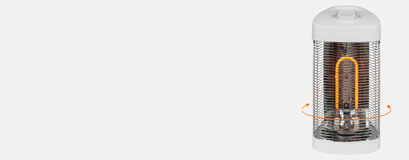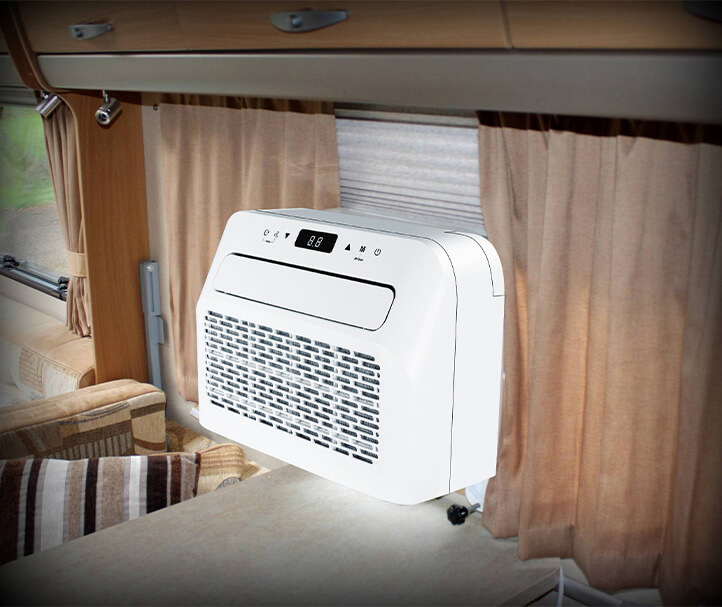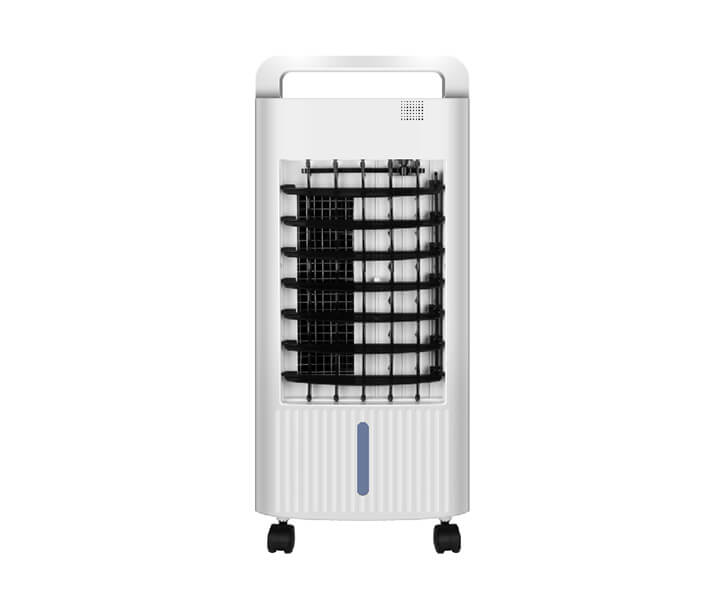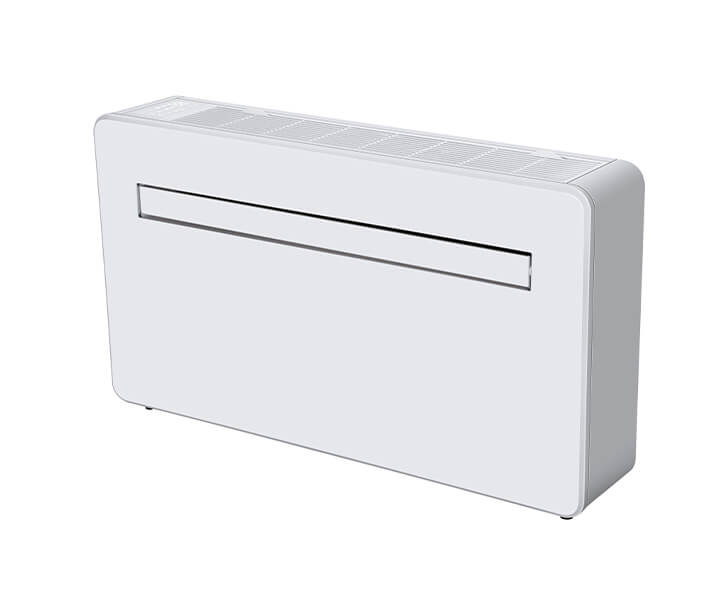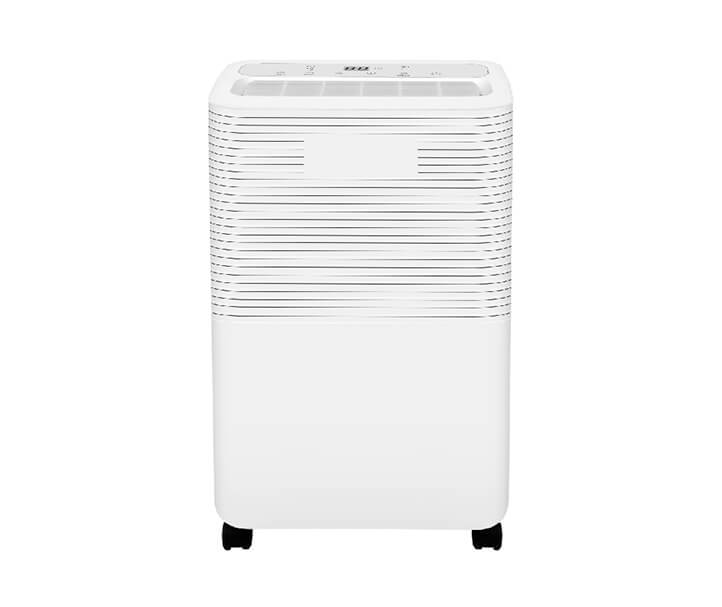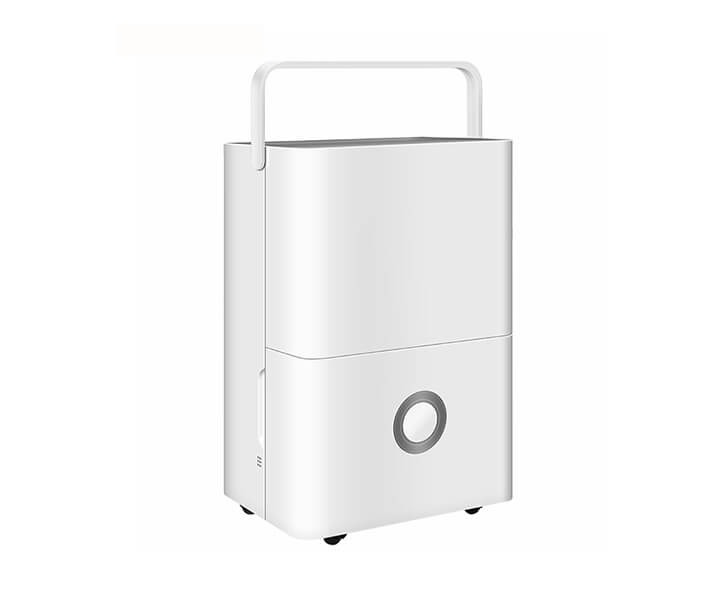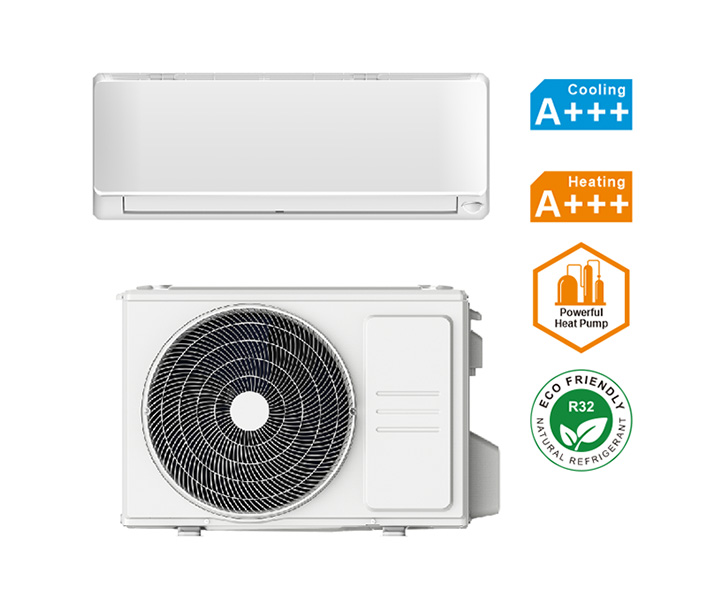
Do infrared heaters work outdoors?
2023-09-08 20:02:06
Understanding the Effectiveness of Infrared Heaters for Outdoor Use
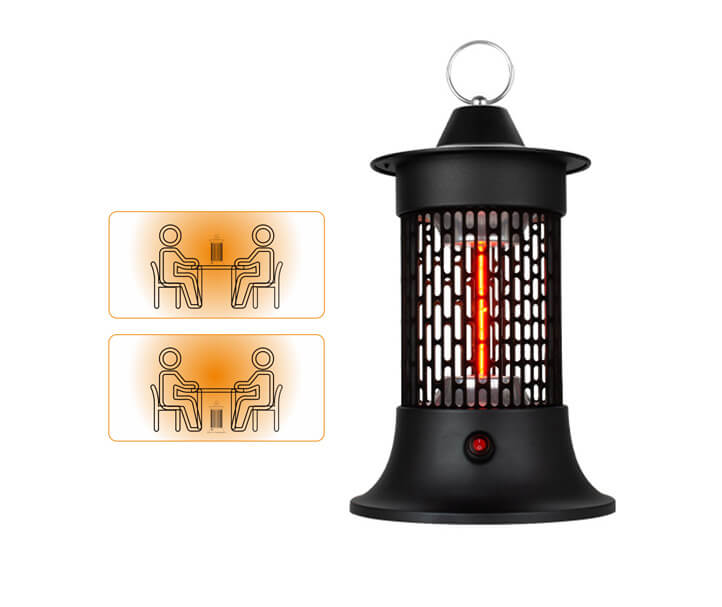
Infrared heaters have gained significant popularity in recent years as an efficient heating option. While they are commonly used indoors to provide warmth during cold seasons, many people wonder if these heaters are equally effective when used outdoors. In this article, we will explore the functionality of infrared heaters outdoors and discuss their advantages and limitations.
1. How Do Infrared Heaters Work?
Infrared heaters work by emitting infrared radiation, which directly heats objects and individuals in its path rather than heating the air. They utilize a heating element, commonly made of quartz or metal, which generates infrared radiation when heated. This radiation, in the form of electromagnetic waves, travels through the air and heats objects it encounters, including people, furniture, and surrounding surfaces.
2. The Effectiveness of Infrared Heaters Outdoors
The efficiency of infrared heaters outdoors largely depends on the specific environmental conditions and user requirements. Here are some factors to consider:
2.1 Weather Conditions: Infrared heaters work best in areas with minimal wind as wind can disperse the heat and reduce its effectiveness. Therefore, using infrared heaters in covered outdoor spaces, such as patios or gazebos, can help retain the heat.
2.2 Heating Area: Infrared heaters have a limited range, typically heating areas within a certain radius. Therefore, it is crucial to consider the size and layout of the outdoor space you intend to heat. Multiple heaters might be required for larger areas or areas with obstacles that can block the heat.
2.3 Heat Retention: Unlike traditional heaters that warm the surrounding air, infrared heaters provide instant heat. However, they do not retain heat once turned off. Therefore, the warmth provided by infrared heaters outdoors may dissipate quickly once the heater is switched off.
3. Benefits and Limitations of Infrared Heaters Outdoors
3.1 Benefits: There are several advantages to using infrared heaters outdoors:
• Energy Efficiency: Infrared heaters directly heat objects, making them more energy-efficient than conventional heaters.
• Instant Heat: Unlike traditional heaters, which require time to warm up, infrared heaters provide instant heat upon activation.
• Indoor/Outdoor Transition: Infrared heaters can be easily moved between indoor and outdoor spaces, providing flexibility and convenience.
3.2 Limitations: However, there are also a few limitations to consider:
• Range and Direction: Infrared heaters have a limited range and require direct line of sight to effectively heat objects or individuals.
• Outdoor Temperature: Infrared heaters focus on heating objects, not the air around them. Therefore, extremely low outdoor temperatures may reduce their effectiveness.
• Safety Concerns: It is essential to follow manufacturer guidelines and ensure proper installation and usage to prevent any safety hazards.
Conclusion
Infrared heaters are a viable solution for outdoor heating, providing instant warmth and energy efficiency. While their effectiveness outdoors depends on various factors, such as weather conditions and heating area, they offer several benefits for those looking to make their outdoor spaces more comfortable during colder months. By understanding the limitations and considering specific requirements, individuals can make an informed decision about using infrared heaters outdoors.
Get the latest price? We'll respond as soon as possible(within 12 hours)


